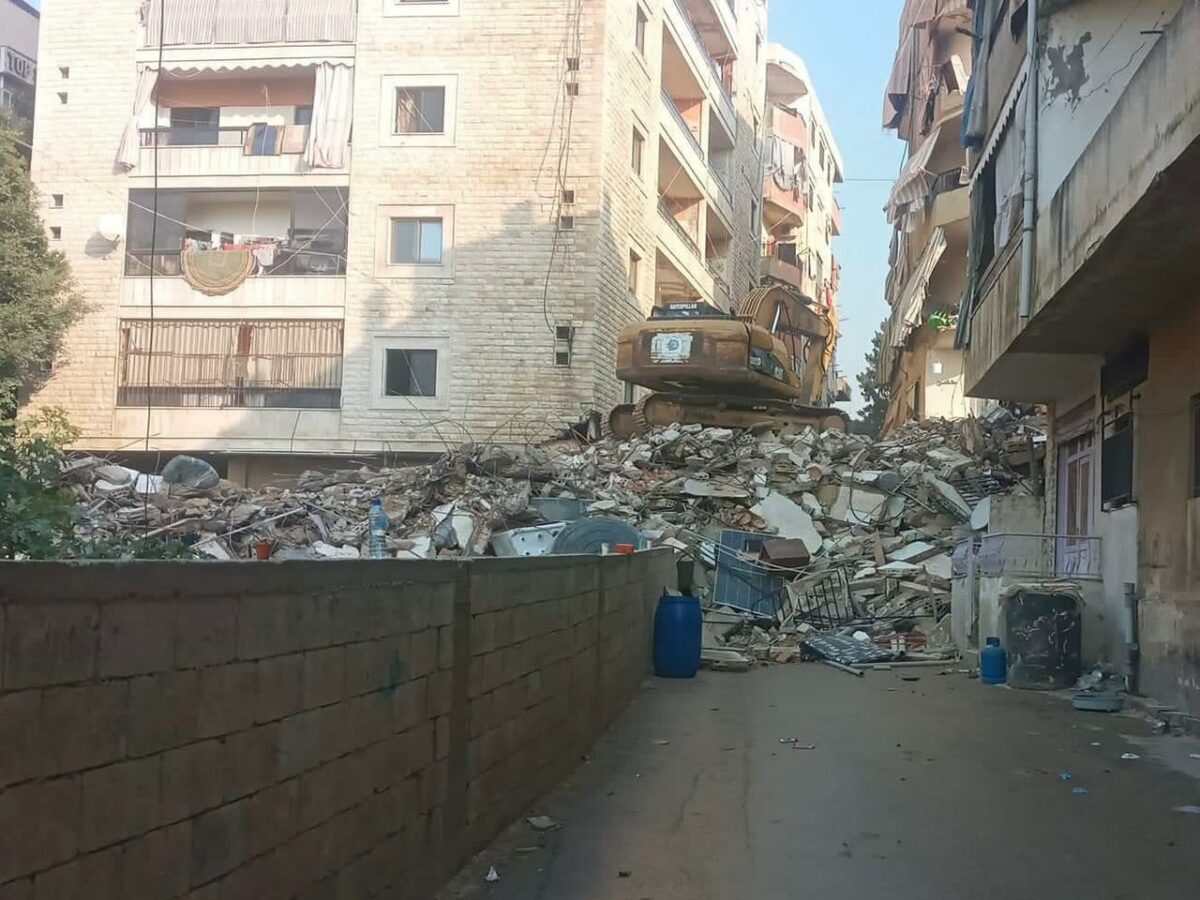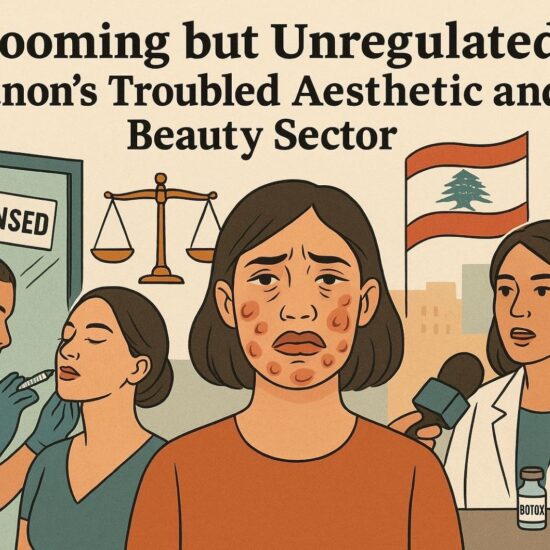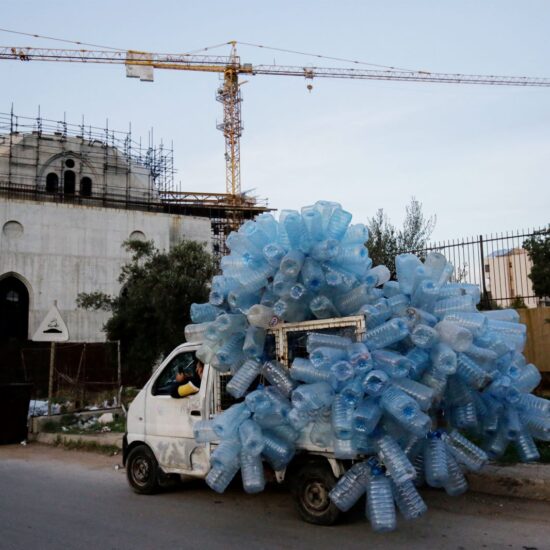
Lebanon's Infrastructure in Peril: A staggering 16,000+ buildings are at collapse risk, underscoring a grave safety crisis. Government inaction despite the known dangers has sparked widespread criticism and a demand for urgent housing reform.
Collapsing buildings are a significant concern in Lebanon, where, over the past six months, eight people have lost their lives due to such incidents, and thousands more are at risk. Many of these structures are akin to ticking time bombs because of their fragile foundations and safety issues. Criticism is being directed at officials for their negligence, with questions raised about why local authorities haven’t inspected these buildings to prevent current and future disasters. In various parts of the country, residents are calling for authorities to, should there be any suspicion of danger, dispatch expert teams to examine buildings, many of which were constructed illegally or have had additional floors added without the necessary permits.
According to Amnesty International, most buildings in Lebanon fail to meet minimum safety standards. “The Lebanese government has drastically failed in its responsibility to establish a clear plan for repairing damaged buildings and ensuring that residents are offered support, including compensation and alternative housing where applicable,” said Sahar Mandour, Amnesty International’s Lebanon researcher.
According to Amnesty International, thousands of residents of Tripoli, a northern Lebanese city, reside in buildings at risk of collapsing. A 2022 survey by the Tripoli municipality identified 236 buildings as hazardous. However, in August 2023, six months after the earthquake that devastated the Gazientap area of Turkey and parts of Northern Syria, the municipality reported an increase to between 800 and 1,000 at-risk buildings, marking a significant rise from the pre-earthquake figures.
The structural integrity of these buildings has been further compromised by recent heavy rains and construction work in some areas. Surveys conducted by the municipality before and after the earthquake had already indicated many buildings were unsafe and could collapse imminently, yet minimal action was taken to address these dangers, leaving most buildings unevacuated.
The widespread risk stems from decades of neglect and a failure by contractors to adhere to safety regulations, leading to a longstanding vulnerability of numerous buildings, as highlighted by the human rights organization.
NOW reached out to Salmen Habib, a civil engineer consultant who works on both private and government-led projects, to discuss the situation regarding the frequent collapses of residential buildings in Lebanon. Habib explained, referencing Amnesty International’s recent briefing, “As we know from Amnesty’s new briefing, in certain areas like Tripoli, even before the earthquakes, residents had raised concerns about their dire housing situation due to neglect and contractors’ failure to adhere to safety regulations. This is similar to what we see in other collapsed buildings and those at risk.”
Habib provided several reasons for the collapses in Lebanon from a civil engineering perspective, noting that the causes vary from one case to another. Habib explained several common reasons:
Risk of water damage: Floods can weaken buildings, especially those in flood-prone areas or poorly constructed ones. This damage can affect the foundation and columns, and can be exacerbated in areas affected by erosion. The presence of sewage pipes also increases the risk.
Inadequate Structural Reinforcement: When a residential structure is converted into an industrial space without adequate reinforcement, it can lead to an overload that surpasses the building’s capacity. This situation can ultimately cause the building to collapse.
Modifications to the Building: Altering the balance of a building can pose dangers, Both significant modifications, such as shifting columns or demolishing walls, and minor updates, like removing parts of a wall, can undermine a building’s stability. The original structure needs to remain intact to ensure safety. Furthermore, expanding buildings without consulting engineers may weaken their structural support and heighten the chance of structural failure.
Overburdening Rooftops: The installation of heavy water tanks or other significant loads on rooftops without prior verification of structural capacity can push the building’s limits. It’s critical to consider the additional weight that residents might place on rooftops, which can introduce structural vulnerabilities and elevate the risk of collapse.
Insufficient Evaluation of Structural Integrity: Often, signs of structural problems like water seepage or cracks in walls and supporting pillars are overlooked or inadequately addressed by residents lacking the expertise to properly evaluate them. It’s advised that residents consult with construction engineers for thorough assessments to identify and address potential hazards.
Increased Fire-Related Destruction: Extended fires can compromise the structural integrity of building materials, particularly essential load-bearing elements such as columns and beams. Failing to repair structures after significant fire damage can lead to an increased risk of collapse.
Outdated (or Non-Compliant) Infrastructure: Buildings older than 50 years need to be inspected, with refurbishments carried out by professionals as necessary. This guideline is particularly crucial for structures originally built to comply with safety standards.
A spokesperson from the Lebanese Association of Properties informed NOW that there are more than 16,260 buildings across Lebanon that are at risk of collapse, with a significant number in Tripoli, North Lebanon, and Beirut. These statistics predate the 2020 Beirut port explosion and may have increased following the earthquake that hit Lebanon, highlighting the critical need for addressing systemic failures.
Nader Chehaib, a resident of Choueifat and eyewitness to the recent building collapse, told NOW, “The Lebanese government is to blame for these tragedies as they have failed to fulfill their obligation to protect the right to safe and adequate housing by not taking steps to ensure safety in those buildings deemed at risk of collapse.”
Years of government corruption and mismanagement have led to a severe economic crisis, with more than three-quarters of the population now living in poverty without access to proper social protection. Additionally, the majority of buildings throughout the country lack adequate safety standards.
“The Lebanese government has drastically failed in its responsibility to establish a clear plan to repair damaged buildings and ensure that residents are offered support, including compensation and alternative housing where applicable,” stated Sahar Mandour, Amnesty International’s Lebanon researcher. This situation persists despite municipal-level surveys that have confirmed buildings are unsafe and could collapse at any moment. The lack of decisive action underscores a dire neglect of infrastructure that requires immediate attention.
Rodayna Raydan is a Lebanese-British journalist. You can follow her on Twitter @Rodayna_462
The views in this story reflect those of the author alone and do not necessarily reflect the beliefs of NOW.








